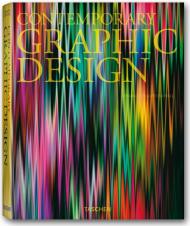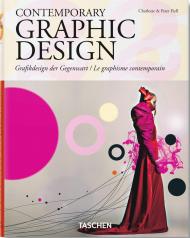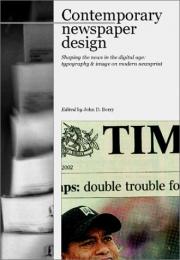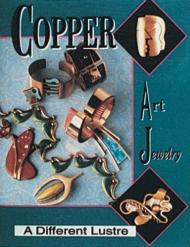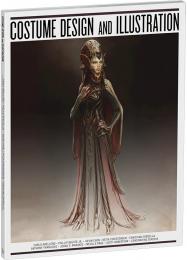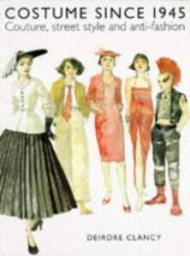List of entries: 3KG, Adapter, Ames Bros, Peter Anderson, Antoine + Manuel, Philippe Apeloig, Yomar Augusto, Jonathan Barnbrook, Ruedi Baur, Nicholas Blechmann, Irma Boom, Büro Destruct, büro für form, Büro Uebele Visuelle Kommunikation, Büro Weiss, François Chalet, Leslie Chan, Counterspace, Cyan, de-construct, DED Associates, Delaware, designby frank scheikl, Dextro, Pierre di Sciullo, Dress Code, Vladimir Dubko, Daniel Eatock, Rafael Esquer, Experimental Jetset, Farrow, Fellow Designers, Flúor, Dávid Földvári, Christina Föllmer, Form, Vince Frost, FUEL, Geneviève Gauckler, Gavillet & Rust, Alexander Gelman, Gluekit, James Goggin, Francesca Granato, Fernando Gutiérrez, Hahn Smith Design, Hamansutra, He Jianping, Fons Hickmann M23, Kim Hiorthøy, Craig Holden Feinberg, Cavan Huang, Yang Huang, Rian Hughes, Angus Hyland, Ryoji Ikeda, Hideki Inaba, Inkahoots, Intro, KesselsKramer, Scott King, KM7, Christian Küsters, Zack Kyes, Lateral, Jürg Lehni, Tommy Li, Harmen Liemburg, Lust, M-A-D, M/M (Paris), Karel Martens, ME Company, Mevis & van Deursen, m-o-n-a-m-o-u-r, Maureen Mooren + Daniel van der Velden, Mutabor Design, Hideki Nakajima, Philip O'Dwyer, Aylin Önel, Martijn Oostra, Gabor Palotai, Punkt, Rinzen, Bernardo Rivavelarde, Ruiz + Company, Stefan Sagmeister, Peter Saville, Scandinavian DesignLab, Walter Schönauer, Ralph Schraivogel, Carlos Segura, Wolfgang Seidl, Spin, Vladan Srdic, Slavimir Stojanovic, Strange Attractors Design, Studio Boot, Studio FM Milano, Niko Stumpo, Suburbia, Sweden Graphics, Kam Tang, The Designers Republic, Thirst, Andrea Tinnes, Toffe, Tycoon Graphics, Jan van Toorn, Omar Vulpinari, Why Not Associates, Bruce Willen, Christopher Williams, Martin Woodtli, Yacht Associates
Издательства
- Rizzoli (298)
- Thames & Hudson (212)
- Laurence King Publishing (111)
- Abrams (89)
- 3DTotal Publishing (80)
- Phaidon (54)
- Victionary (45)
- Hoaki (42)
- Gestalten (41)
- PIE Books (40)
